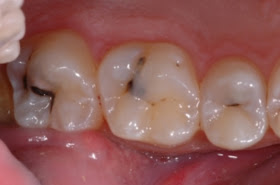Mnemonics for Drugs Contraindicated In Breast Feeding (WITH EXPLANATION)
"BREAST"
B=Bromocryptin,Benzodiazepines
R=Radioactive isotopes/Rizatriptan
E=Ergotamin/Ethosuximide
A=Amiodarone/Amphetamines
S=Stimulant Laxatives/Sex hormones
T=Tetracyclins/Tretinoin
Effect of these drugs, In Brief:
Bromocryptin, which is used to suppress lactation, may induce hypertension.
Benzodiazepines are excreted in the breast milk and may produce lethargy, difficulty in feeding and jaundice. If their administration is unavoidable, the lowest effective, single dose of a short half-life benzodiazepine would be most appropriate
Ergotamine is excreted in breast milk and may cause symptoms of vomiting, diarrhea, weak pulse and unstable blood pressure in nursing infants.
Ethosuximide is excreted in human breast milk. Because the effects of ethosuximide on the nursing infant are unknown, caution should be exercised when ethosuximide is administered to a nursing mother. Ethosuximide should be used in nursing mothers only if the benefits clearly outweigh the risks.
Since
amiodarone can be expressed in breast milk, women taking amiodarone are advised to stop nursing.
Amphetamine/Dextroamphetamine Extended-Release Capsules are found in breast milk
Tetracycline antibiotics should not be used in breast-feeding mothers because there is still the risk of causing teeth discoloration, enamel hypoplasia, inhibition of linear skeletal growth, oral and vaginal thrush, or photosensitivity reactions in the nursing infant.
Oral
tretinoin is teratogenic and fetotoxic
Tags: Drugs contraindicated in breast feeding, drugs contraindicated in lactating mother, drugs contraindicated in pregnancy, mnemonics for pharma, mnemonics for dental pharma, mnemonics for drugs,






